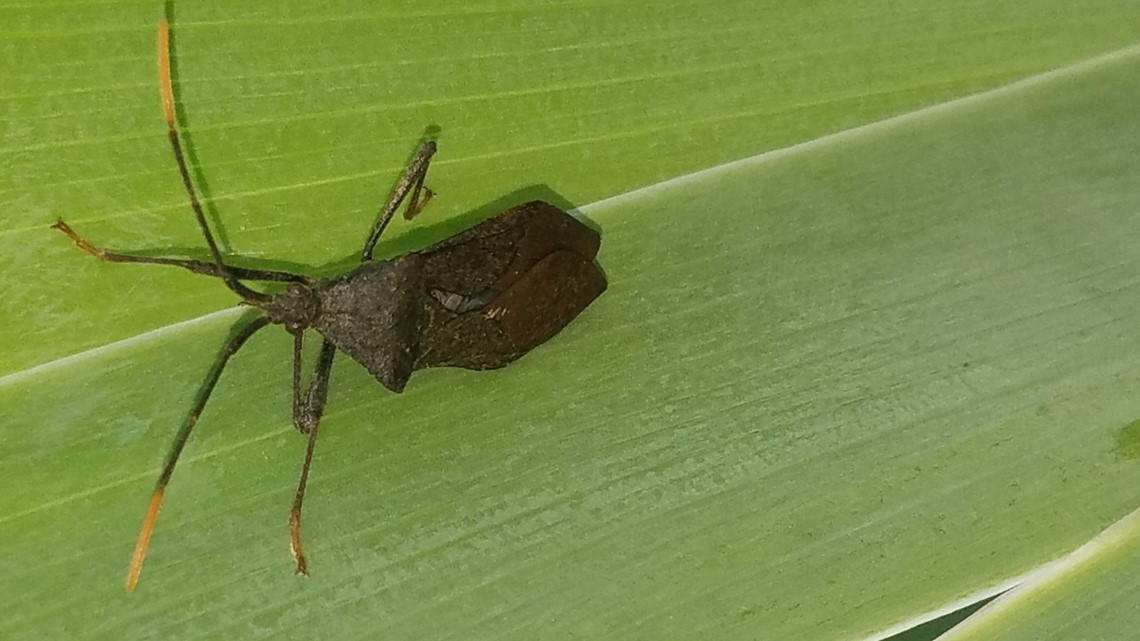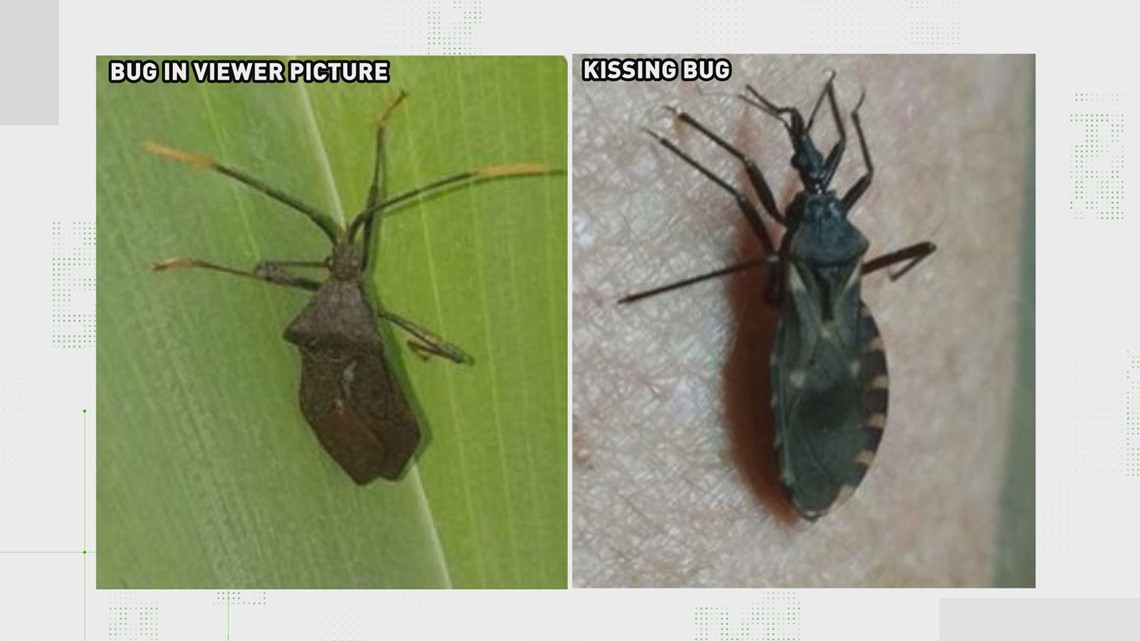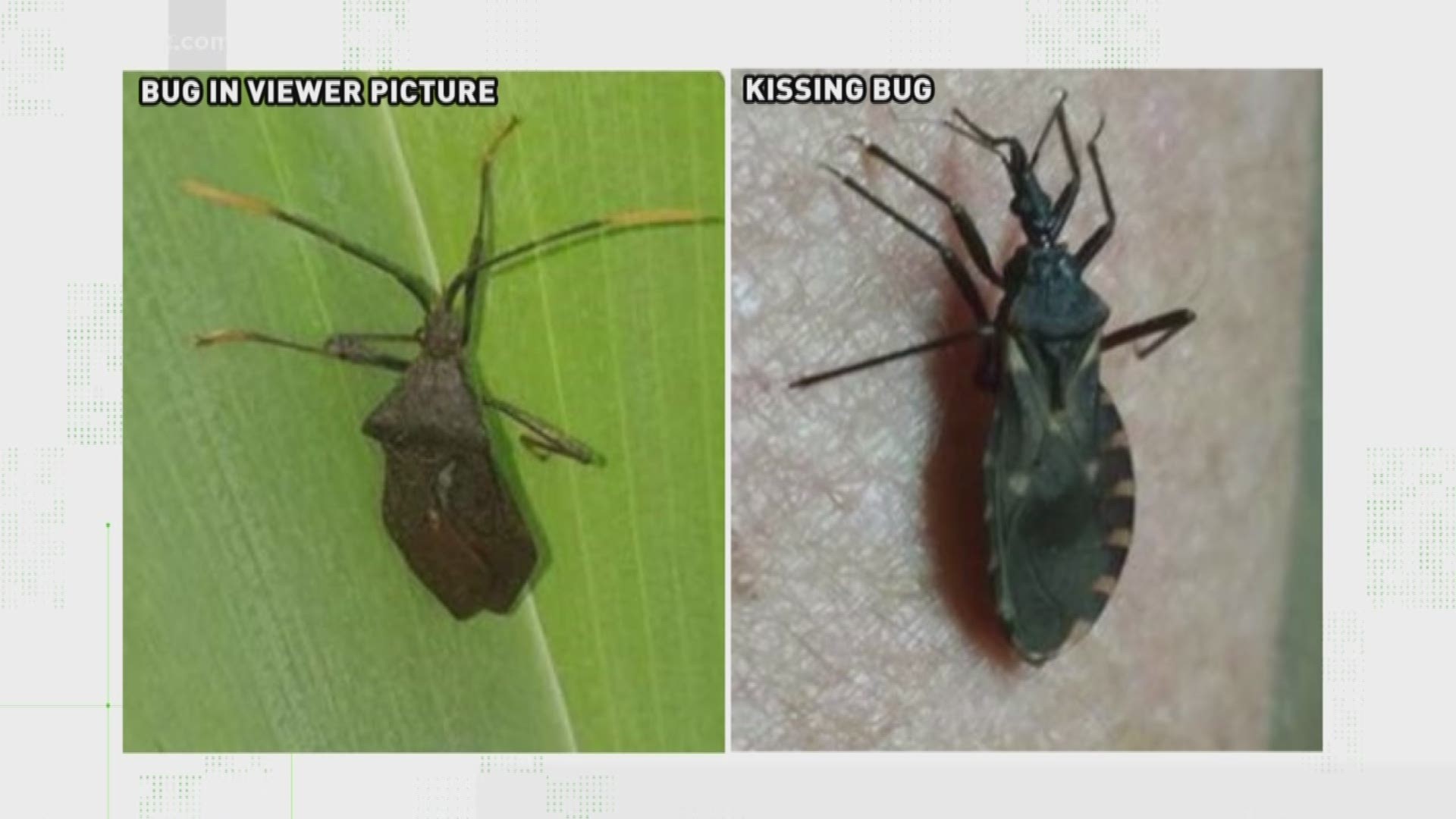GREENSBORO, N.C. — It's that time of year uninvited guests crawl into your personal space -- bugs, spiders, mosquitoes, oh, my!
VERIFY QUESTION
WFMY News 2 viewer Sandra Brown from Gibsonville reached out with a question to VERIFY. She sent the photo below and explained she found it on her front door. She wondered if it is a Kissing Bug.


The bug in Brown's picture looks a bit like a Kissing Bug, especially when compared to an official online photo of the bug. Kissing Bugs are concerning, because they can suck blood and transmit Chagas Disease, which can be deadly if left untreated. They are indigenous to more than 20 states, including North Carolina. So, is Brown's bug a Kissing Bug?


VERIFY SOURCE
- Frank Fowler - McNeely Pest Control vice-president and biologist
VERIFY PROCESS
Fowler said the bug in Brown's picture is not a Kissing Bug, though it is part of the same family. The Reduviidae family also includes Assassin Bugs, Wheel Bugs and Leaf-Footed Bugs.
Fowler noted it is hard to tell which of those specific bugs is in Brown's picture, but it is not a Kissing Bug, as Kissing Bugs have orange or red bands around their edges.


He said typically, people see Reduviidae Bugs in spring, when they start to move in search of food. They feed on other insects, and if they see humans, they usually ignore them and move on in search of other prey.
They typically do not carry a risk to a homeowner and rarely come inside. That said, the Reduviidae Bugs will hurt if picked up with bare hands. If they're outside, leave them alone.
VERIFY CONCLUSION
The answer to Brown's question is false -- this is not a Kissing Bug, since it is missing the characteristic orange or red stripes.
Do you have a VERIFY inquiry? Submit a selfie video of the question to Meghann Mollerus via:
Facebook: Meghann Mollerus News
E-mail: Mmollerus@wfmy.com
Twitter: @MeghannMollerus

